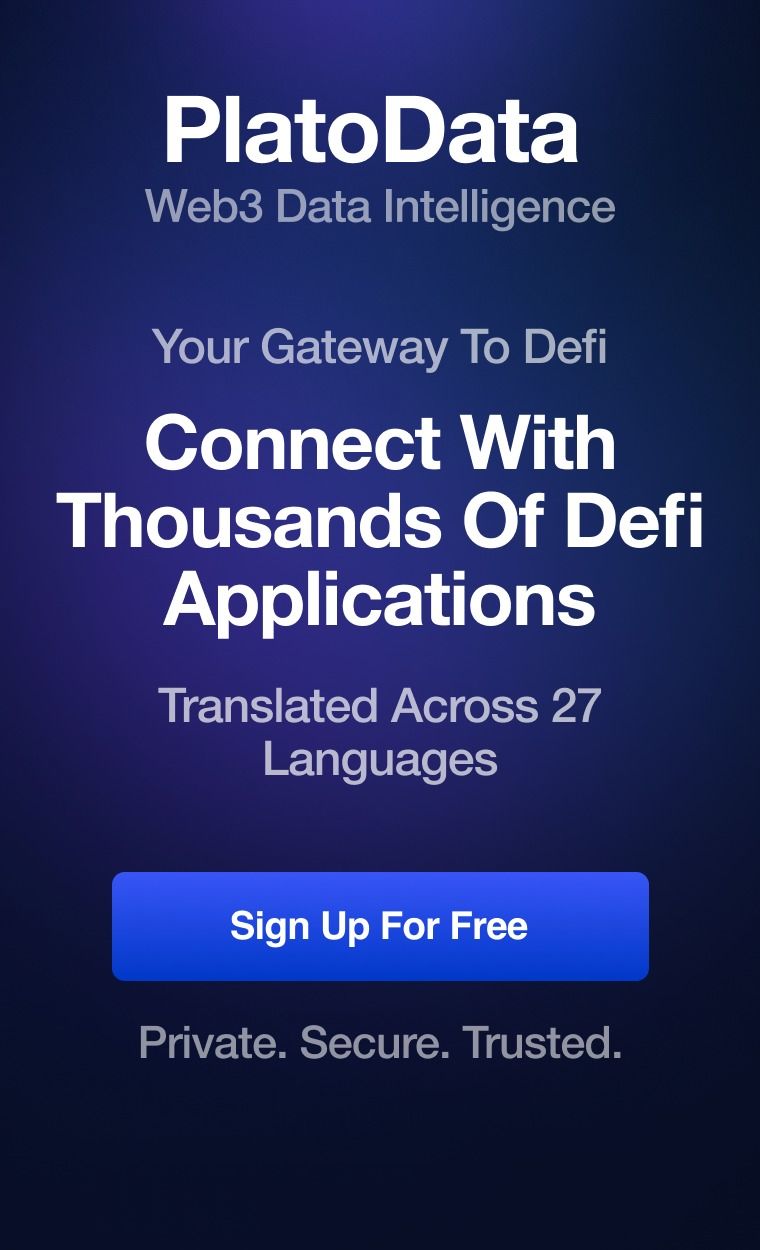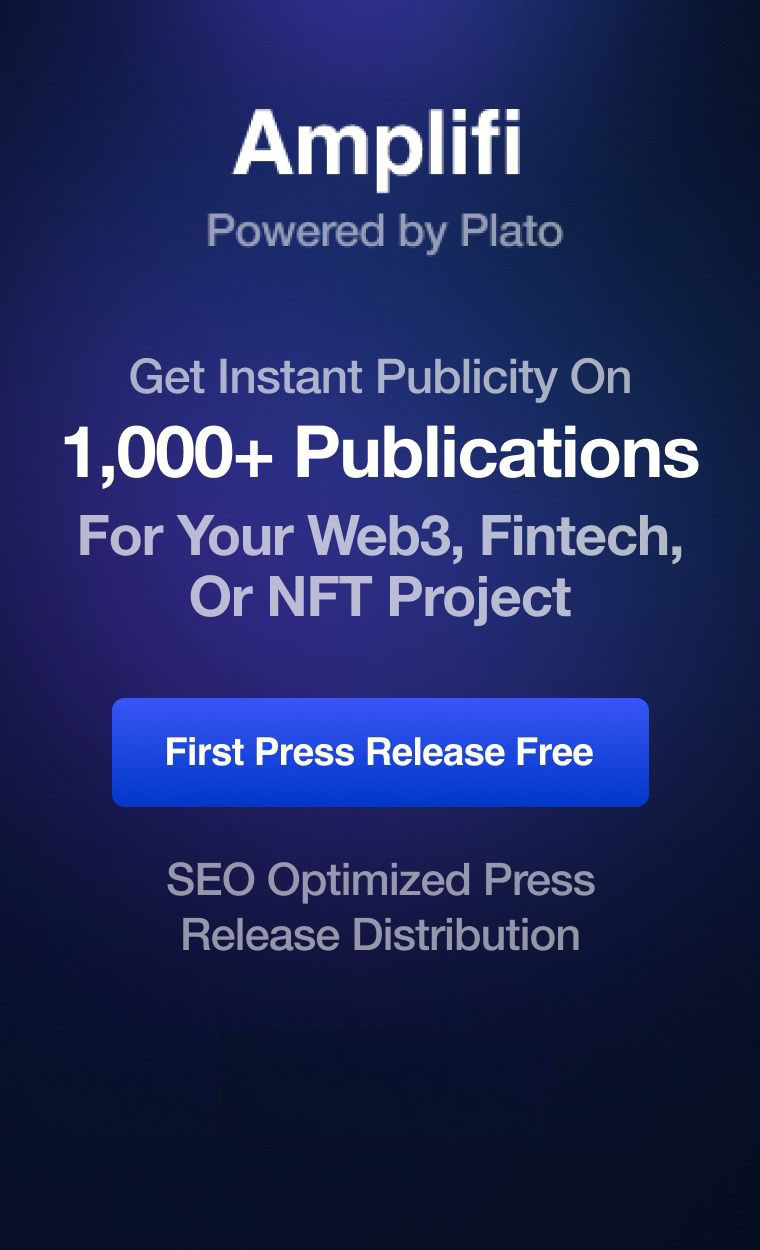The entire bitcoin blockchain, for all the transactions it moves around, relies on bitcoin miners to keep the network humming away. Especially with the recent blocksize debate, the role of miners has come to the fore. Regardless of what people using the network think, miners at the end of the day will decide on which way things go.
So we thought we’d put together a piece looking at bitcoin mining in it’s various forms over the years, and what the situation is like today. Firstly, you’re probably thinking while reading this article, I have a computer, can’t I just mine on this? Back in 2009, yes you could. These days, no. And here’s the damage it can do to your equipment. Bitcoin mining works on an algorithm that takes into account the SHA256 hash, some information relating to block height, and a difficulty. Doing one hash by hand is shown here, and is time consuming.
[embedded content]
Things started on PC’s, with CPU’s doing the calculations As more people came into the network, these kilohashes quickly became less profitable. People moved onto using GPU’s (particular ATI cards over Nvidia cards), as these could do megahashes. However, as the arms race continued, FPGA devices came on the scene. By basically 2012, these were then obsolete.
[embedded content]
The first ASIC hardware came on the scene, which revolutionised bitcoin mining. At the start, individual miners upgraded to equipment like the Antminer’s we use in our review rig, which could pump out gigahashes of processing power. Once these came on the network, any non-ASIC mining effectively became worthless. Some hardware suppliers also began running their own mining pools, while hardware moved up towards terrahashes in processing power, and very shortly after larger scale groups of miners came on the scene with data centres full of mining hardware with petahashes of processing power.
[embedded content]
So at this stage, if you are looking to mine bitcoin you have a couple of options. You can solo mine, in the off chance that you may hit the jackpot, and win the block finding reward and transaction fees. A lot of hobbyists do this, to either run a node and keep the network decentralised, or via some of the solo mining pool options that are out there. Larger datacentres can also mine this way, putting large amounts of processing power into the attempt to solve the bitcoin algorithm.
Most of the bitcoin mining scene though has centralised across a number of bitcoin mining pools, and you can find the stats on which pools are finding blocks at a given time by checking over at blockchain. These pools allow you to sign up, point your processing power to them, and pay on a proportional basis to the power you contribute, paying per share, or other variations of the payout stucture. Here you will not get a full block reward, but a section of the overall earnings each time everyone finds a block between them.
So what’s involved with being a miner? There are three main components that go into bitcoin mining. Firstly, you’ll need hardware. The more efficient equipment is quite expensive (ie several thousand or hundred euro per piece of hardware) plus a power unit to power it, and your fixed processing power will always go down as a proportion of the network over time, which means earnings will also drop over time. Once bought, these will need power, internet connection, and a place for them to run. Often they’ll pump out a fair bit of heat, so removing this heat may be a factor wherever you are based. In a clean datacentre, equipment will stay clean, but in a home environment, it will clog up with dust and dirt from the air, so maintenance needs to be factored in.
In Ireland, with our electricity prices, it is nearly impossible to make a return on investment on new hardware, and even second hand hardware, letting the original purchaser take the depreciation hit, you can make some bitcoin, but it will cost you more to make the bitcoin than if you were to say purchase it from a bitcoin atm or a bitcoin exchange.
With that, you may think of one of the many cloud mining providers. Here, they offer fixed amounts of hashing power for various length contracts, which will then pay out the resulting bitcoin over time. We’ve always been wary of these providers on the site, as doing the maths, it’s nearly impossible to make a return of break even.
So in conclusion, if you’re getting into bitcoin these days to mine, you’ve missed the boat in terms of having a realistic chance to make money. If you’re investing in new hardware, you can certainly get a chunk of bitcoin, but it’s value is dependent on the fluctuating price of bitcoin. If you’re cloud mining, you’re paying someone else’s hardware costs, and will probably make an even bigger proportional loss, despite not having the capital requirements. But if you want to learn about the blockchain and bitcoin mining, you can often pick up secondhand equipment on sites like adverts. Depending on how you set these up (ie we’ve undervolted our review rig), you might be able to break even for a while, and have a bit of fun with the hardware and configuration. But if you’re looking to just get your hands on bitcoin, buying it will always be the most cost effective way.
Source: https://bitcoinsinireland.com/how-do-you-mine-bitcoin/



